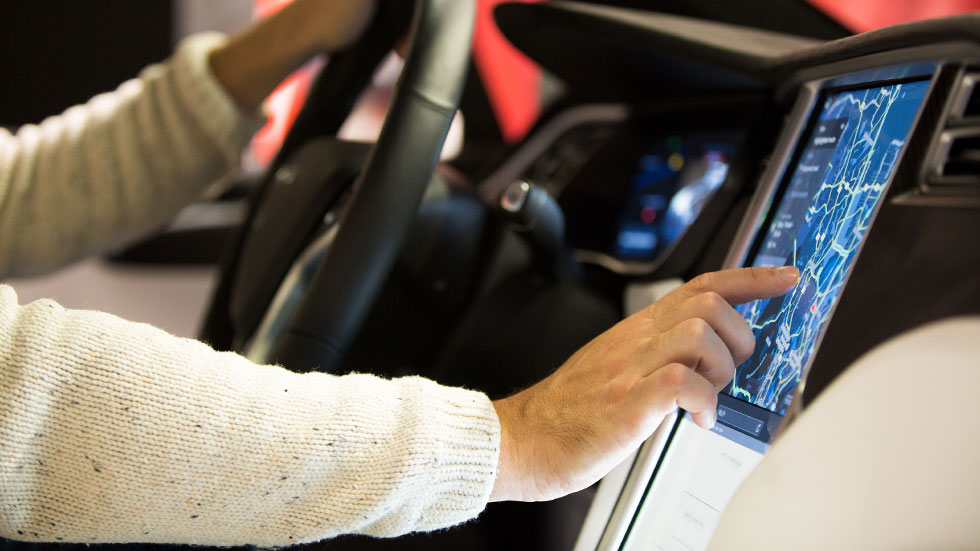4 Guidelines for More Efficient EV Charging
EV charging on a road trip: Tips for making charging easier and budgeting your time and money


Setting out on a road trip with your electric vehicle (EV) can present challenges, whether that’s finding charging stations, budgeting your costs or estimating how long it will take to charge your car.
Follow these best practices to make the process of charging an EV on a long road trip more efficient.

1. KNOW WHERE YOU'RE GOING
Signage directing drivers to EV chargers is more often than not missing. Once at a charging site, be prepared to do some searching, as the location of the chargers may not be obvious.
2. LEARN TO USE YOUR CAR'S NAVIGATION SYSTEM IF IT HAS ONE
For example, Tesla’s navigation system will plot a route to your destination and, if your car’s battery does not have enough electricity to get you there, it will highlight charging stations along the way.
3. BUDGET PROPERLY FOR RECHARGING COSTS
Charging on the road will probably cost more than at home, and costs vary from place to place. Though there are still some free chargers available, most charge by the kilowatt hour or the amount of time you are connected to the charger. On one of my recent trips in the Northeast, the charging prices I saw ranged from 35 cents to 83 cents per kWh. In addition, be sure to move your car once it is fully charged. Some charging locations impose idle fees if your car remains plugged in after it is charged.
4. KNOW THE DIFFERENCE AMONG CHARGERS
Level 2 and Level 3 chargers vary in the amount of electrical energy they can deliver. The general range for a Level 2 charger is from 4.5 kW to 10 kW. With Level 3 chargers, a 72 kW charger will take about three times longer to charge your car than a 250 kW charger.
However, your EV also plays a role in charging times. Some cars, such as the Chevrolet Bolt EV, will accept only 50 kW when fast charging, even if the charger is rated for 150 kW, 250 kW or more. Here is what this difference in vehicle charging capabilities can mean. In Level 3 charging tests done by Edmunds, it took 6 minutes and 54 seconds to add 100 miles of range to a Hyundai Ioniq 6. It took 33 minutes and 31 seconds to add the same range to a Chevrolet Bolt EV. The best-selling EV, a Tesla Model Y, added 100 miles of range in 11 minutes and 8 seconds. Understand that you will probably spend less time charging on a trip by going for more partial charges than full charges.
Following best practices for charging your EV is just one aspect of making your road trip more enjoyable. For more tips on taking an EV road trip, check out 7 Ways to Make an EV Road Trip Go More Smoothly.
